

Anthony Crawford
1990 Lamborghini Countach review
6 Days Ago

News Editor
Jeep’s first electric vehicle is coming to Australia.
The company has confirmed the Avenger, a 4.08m-long crossover, will arrive here in the second half of 2024.
Jeep had also previously confirmed only the larger Recon and Wagoneer S for our market. The company hasn’t locked in launch timing for these models, which will enter production in 2024.
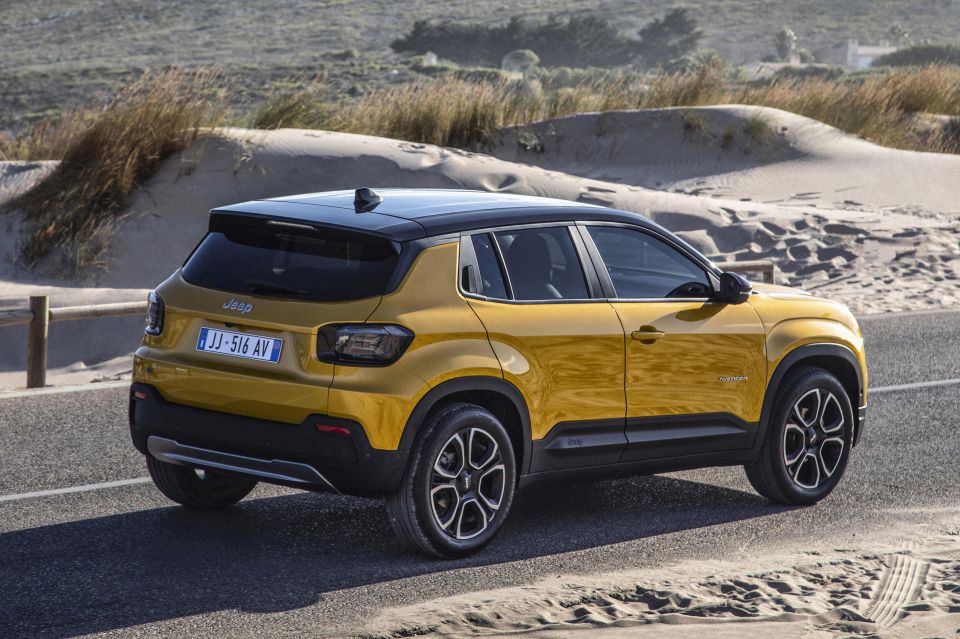
While the Avenger is also offered with petrol power in select European markets, Jeep Australia has confirmed only the electric model.
The Polish-built Avenger uses a version of the CMP architecture underpinning models like the Peugeot 2008, and has been developed with the European market front of mind – it expects the Avenger to be its best seller there.
It’s unclear how the Avenger will be priced in Australia. The Peugeot e-2008 is coming here with a price tag of $59,900 before on-road costs, and in markets like the UK the related electric SUVs carry a very similar base price.
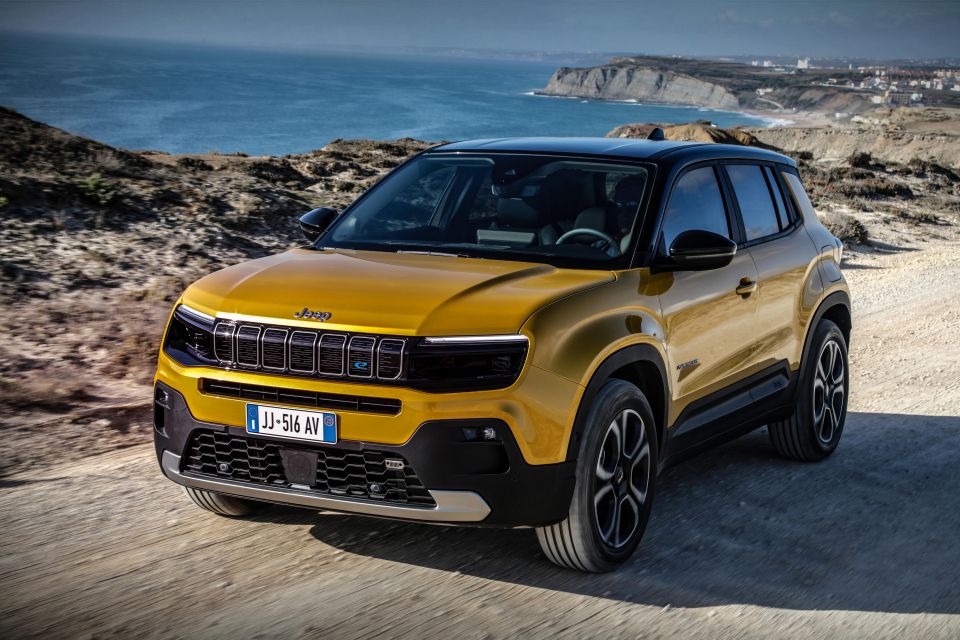
The larger, petrol-powered Compass, therefore, should remain Jeep Australia’s most affordable model. It currently starts at $41,400 before on-road costs.
The electric Avenger uses a 115kW/260Nm electric motor and a 54kWh nickel manganese cobalt (NMC) lithium-ion battery.
Claimed electric range is 400km on the stricter WLTP cycle, while the Avenger has a 400V electrical system and supports DC charging at up to 100kW.
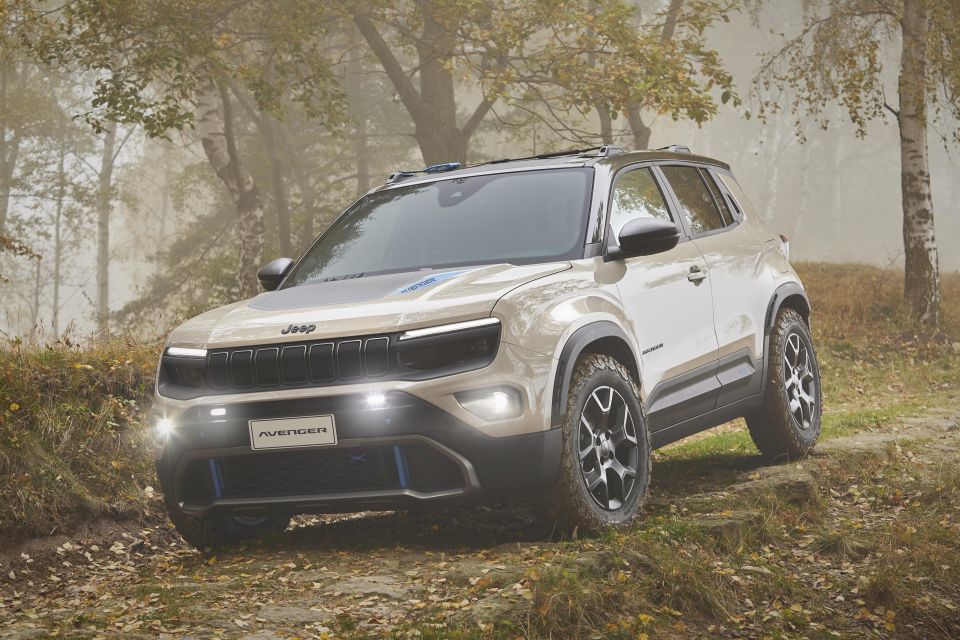

It’s currently front-wheel drive-only, though it comes with hill descent control, underbody skid plates, and a range of terrain modes including Snow, Mud and Sand. Jeep has also previewed a 4×4 Concept version.
Jeep says it has the highest ground clearance in its segment at 200mm, with approach, breakover and departure angles of 20, 20 and 32 degrees, respectively.
The brand says the Avenger’s cabin was inspired by that of the Wrangler.
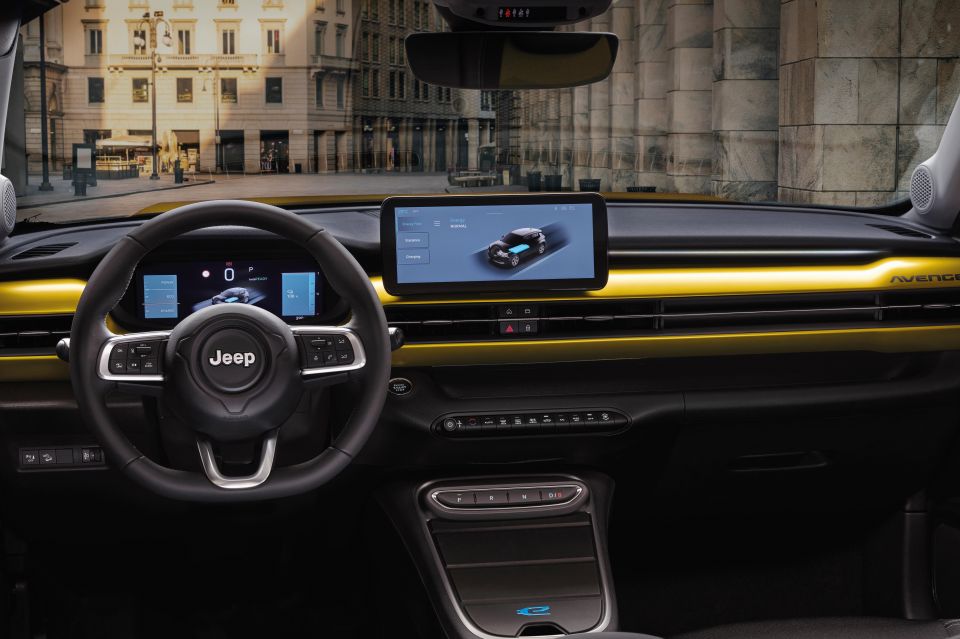
There’s a standard 10.25-inch touchscreen infotainment system, with wireless Android Auto and Apple CarPlay, satellite navigation, and support for over-the-air updates.
This sits above a minimalist centre stack with a push-button gear selector.
There’s a choice of 7.0- or 10.25-inch digital instrument clusters, while available creature comforts include power-adjustable front seats with leather inserts and massaging, plus a hands-free power tailgate, wireless phone charging, power-folding and heated exterior mirrors.

An open shelf runs from the steering wheel to the passenger’s door, while above this is a ‘beam’ that can be finished in the vehicle’s body colour and which incorporates the air vents and ambient lighting.
The centre console features removable dividers, allowing you to stow larger items between the two front occupants. There’s also an additional, concealable storage cavity below the gear selector.
Jeep says, all up, there’s 34L of front storage, compared to an average of 15L in this segment. Down back, there’s 380L of boot space.
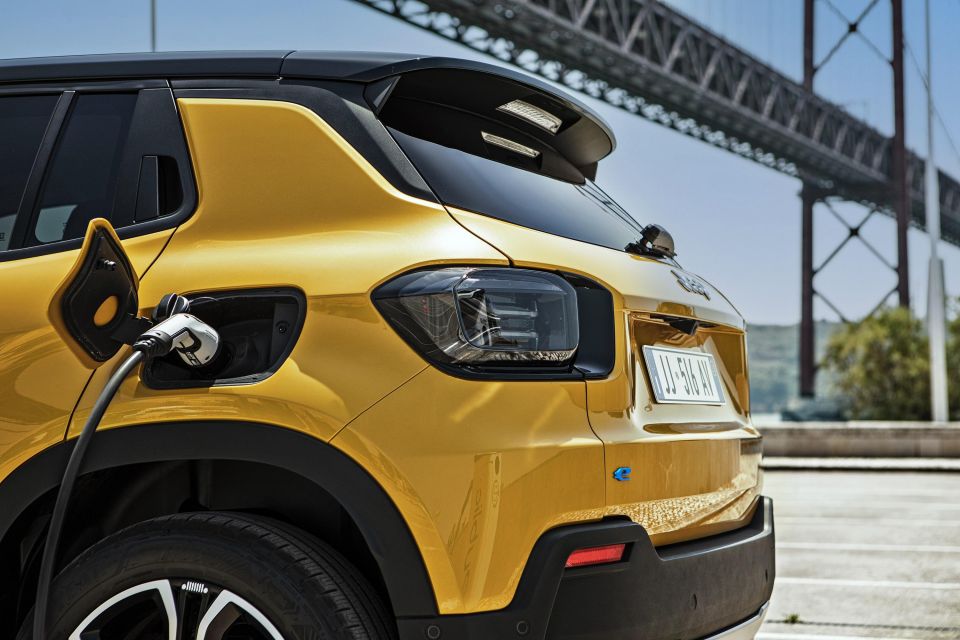
There’s a suite of active safety and driver assist features, including a Level 2 autonomous driving function that makes use of the adaptive cruise control, lane centring and Traffic Jam Assist.
Other equipment includes traffic sign recognition, autonomous emergency braking with pedestrian and cyclist detection, driver fatigue detection, blind-spot monitoring, lane-keep assist, automatic high-beam, and semi-autonomous parking assist.
The Avenger nameplate has been dusted off from Stellantis’ back catalogue. It previously graced a mid-sized Dodge sedan exported to markets like Australia and Europe in the 2000s, while the Hillman Avenger sedan and wagon were manufactured by Chrysler Europe in the 1970s and were also sold under the Chrysler and Talbot marques.
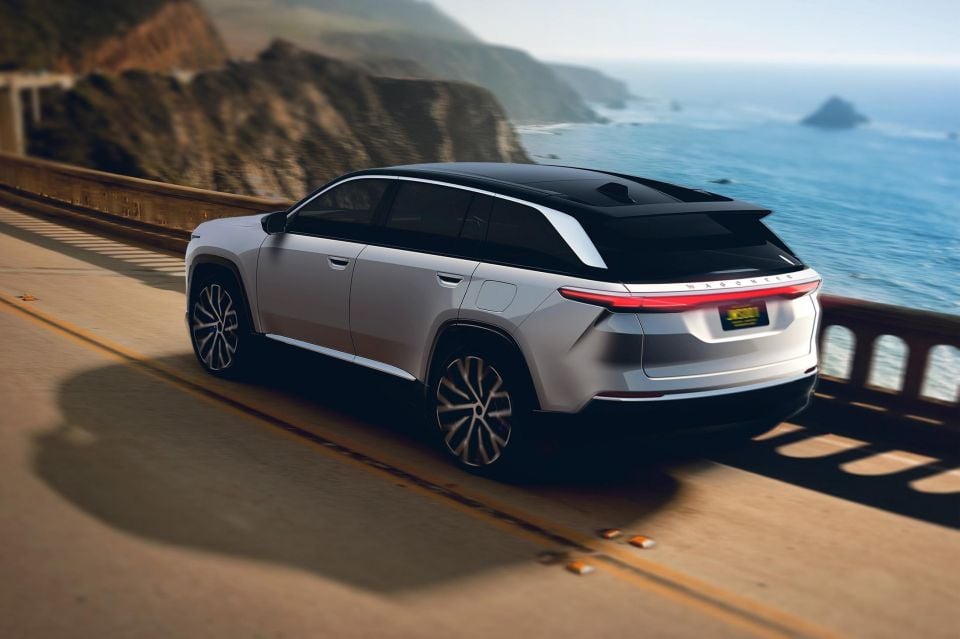
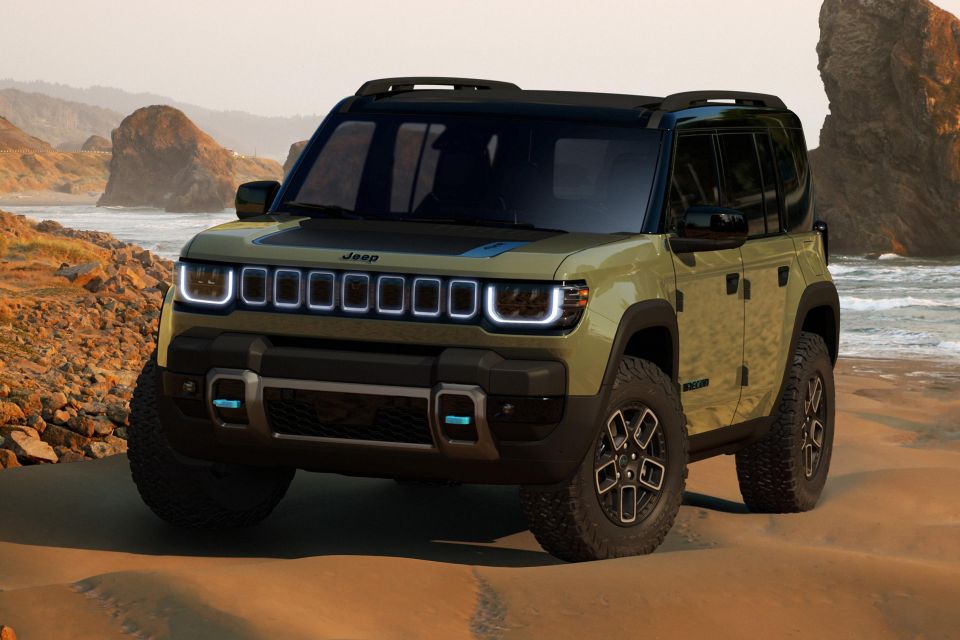
Jeep has a goal to become the world leader in zero-emission SUVs, and the Avenger is part of a quartet of electric SUVs launching between now and 2025.
In addition to the tiny Avenger, rugged Recon and luxurious Wagoneer S, an electric replacement for the defunct Cherokee is expected.
Where expert car reviews meet expert car buying – CarExpert gives you trusted advice, personalised service and real savings on your next new car.
William Stopford is an automotive journalist based in Brisbane, Australia. William is a Business/Journalism graduate from the Queensland University of Technology who loves to travel, briefly lived in the US, and has a particular interest in the American car industry.


Anthony Crawford
6 Days Ago


Matt Campbell
5 Days Ago


James Wong
4 Days Ago


Max Davies
2 Days Ago


Josh Nevett
2 Days Ago


Josh Nevett
23 Hours Ago